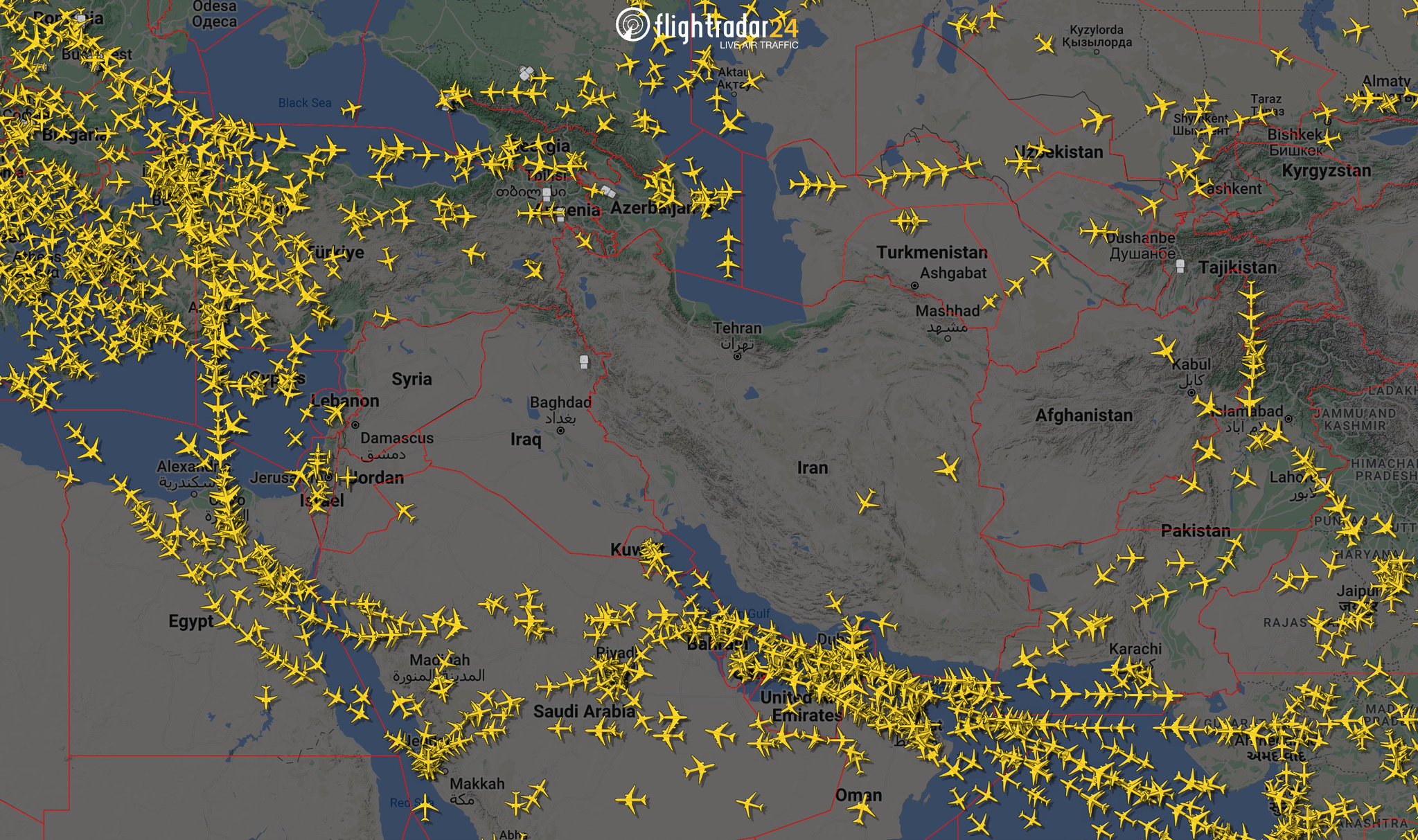Airlines across the Middle East are navigating ongoing airspace restrictions as tensions escalate in the region. Multiple airspace closures, including those over Lebanon, Israel, and parts of Iraq and Iran, have forced airlines to divert or cancel flights, while traffic patterns shift toward alternative routes.
Emirates and Qatar Airways, among others, have been significantly affected by the closure of Iraqi airspace, leading to numerous diversions. Following the missile attack in early October, several flights en route from Europe to Dubai and Doha were diverted.
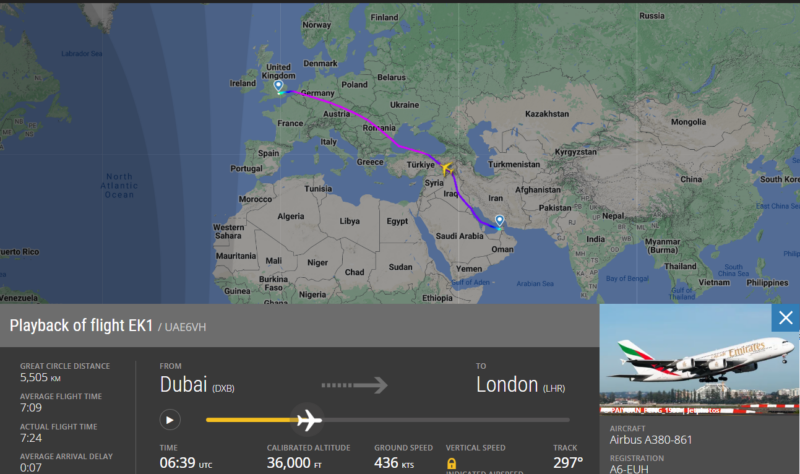
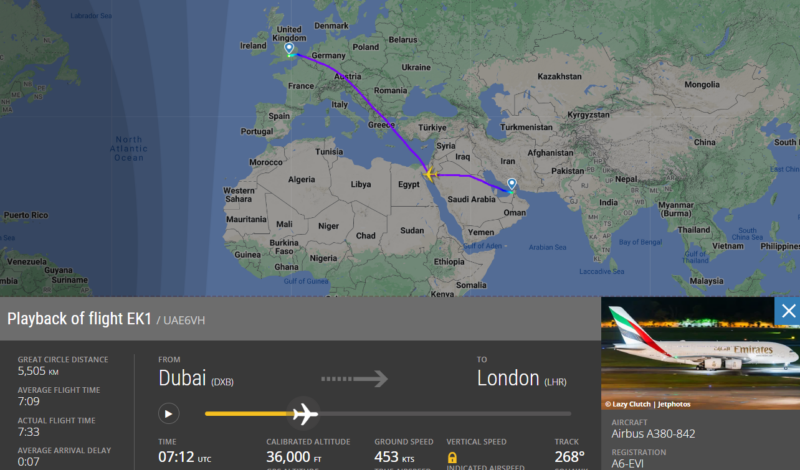
On October 1, for instance, 81 aircraft operated by 16 different airlines were rerouted to 26 separate airports, largely avoiding airspace over Iraq, Jordan, and parts of Iran.
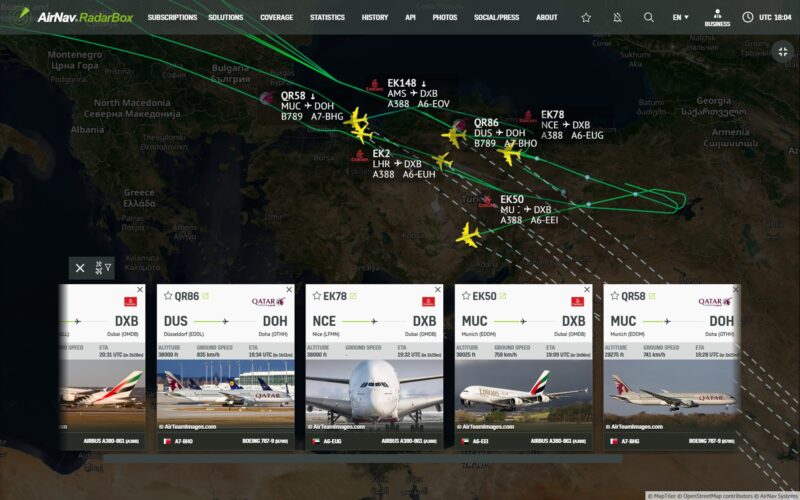
Many Emirates flights between Europe and Dubai continue to overfly Saudi Arabia and Egypt. However, certain flights, such as Emirates’ Dubai to Los Angeles service (Flight EK215), continue to pass through Iranian airspace, likely due to range limitations.
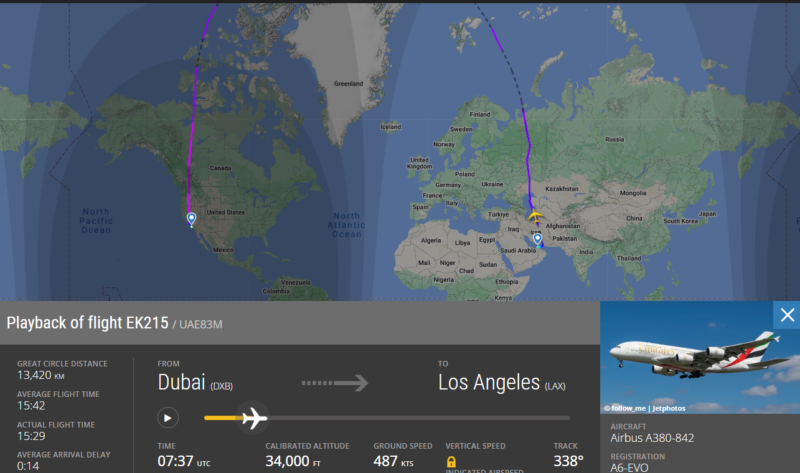

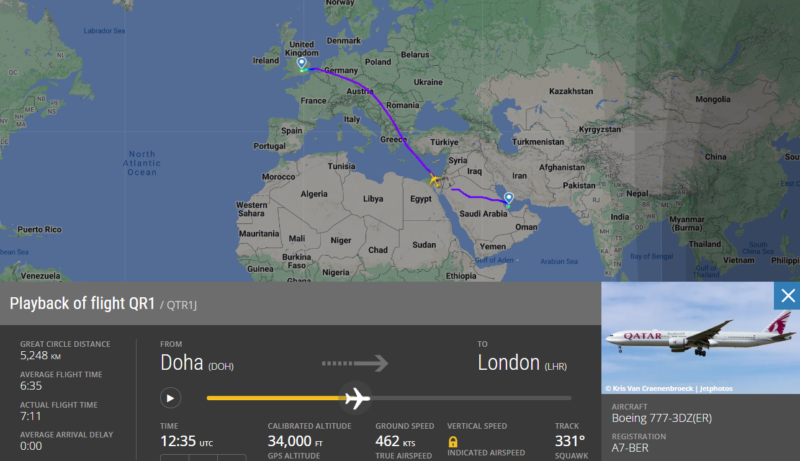
Iran Reopens Limited Western Air Routes
Iran has reopened some of its western airspace closer to the Iraqi border, with air traffic cautiously returning to these routes in limited numbers. Although the NOTAM restricting flights in Iraq has been lifted, normal operations are expected to take weeks to resume.
Due to the uncertainty, airlines continue to avoid Iraqi and western Iranian airspace.
Russia has also restricted its carriers from operating in Israel, Iraq, and Iran between 16:00 and 06:00 UTC daily, further complicating operations in the region.
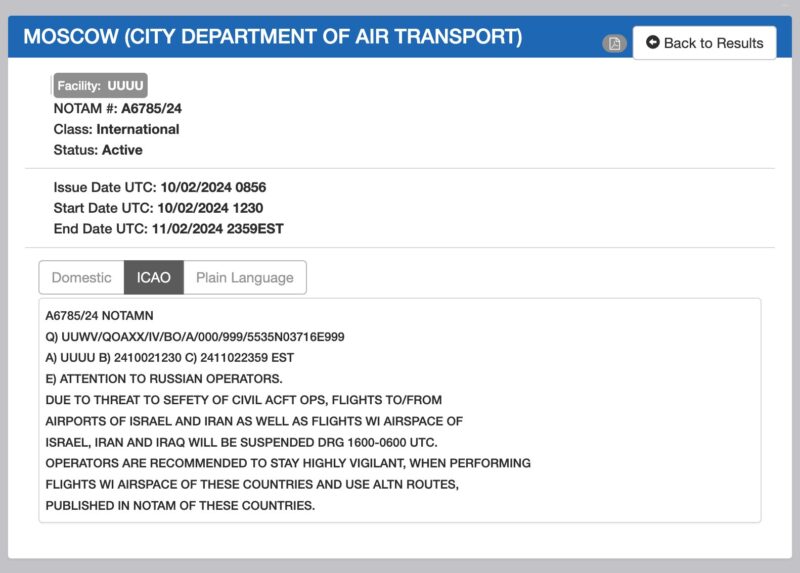
Lebanon Airspace Restrictions
In response to regional instability, Lebanon has suspended all foreign airline flights to Beirut (BEY). A NOTAM issued by the country requires all foreign carriers to reapply for permission to operate flights to the airport.
The restriction also mandates pre-approval for military and aid flights, tightening access to Lebanon’s airspace.
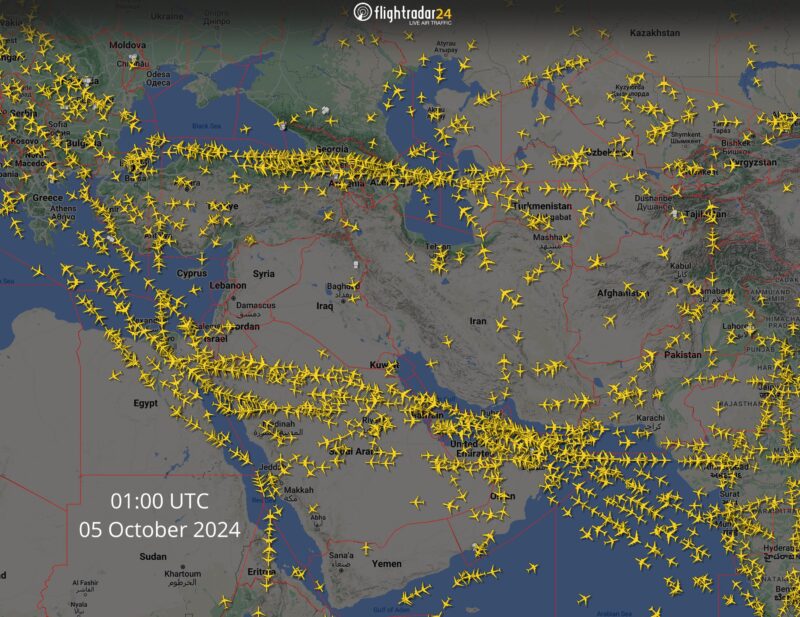
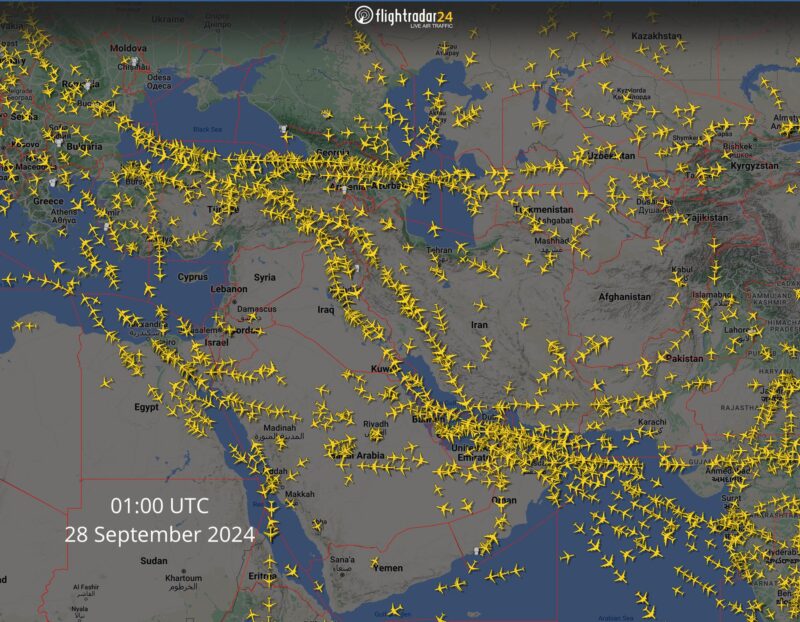
Flight Operations in Lebanon and Jordan
Middle East Airlines (MEA), Lebanon’s flag carrier, has continued operating flights to and from Beirut despite most international airlines having pulled out of Lebanon.
Royal Jordanian Airlines has also faced challenges, with several flights to Europe either canceled or rerouted. Some flights have been canceled, while others take detours over Saudi Arabia and Egypt, increasing flight times.
Afghanistan: A Surprising Alternative
Interestingly, Afghanistan is emerging as a safer alternative for airlines seeking to bypass the Middle East conflict zones. Given the ongoing instability in Iraq and parts of Iran, some airlines are opting to reroute flights through Afghanistan’s relatively calm airspace.
This marks a significant shift, as Afghanistan has been largely avoided in recent years due to its own security concerns.
While some airspace closures, such as those in Iraq and Iran, have been partially lifted, it may be weeks before full operations resume. Airlines are exercising caution, with many avoiding the region altogether. This situation mirrors similar disruptions that occurred earlier in the year, following a drone attack in April.
All Images via FlightRadar24


